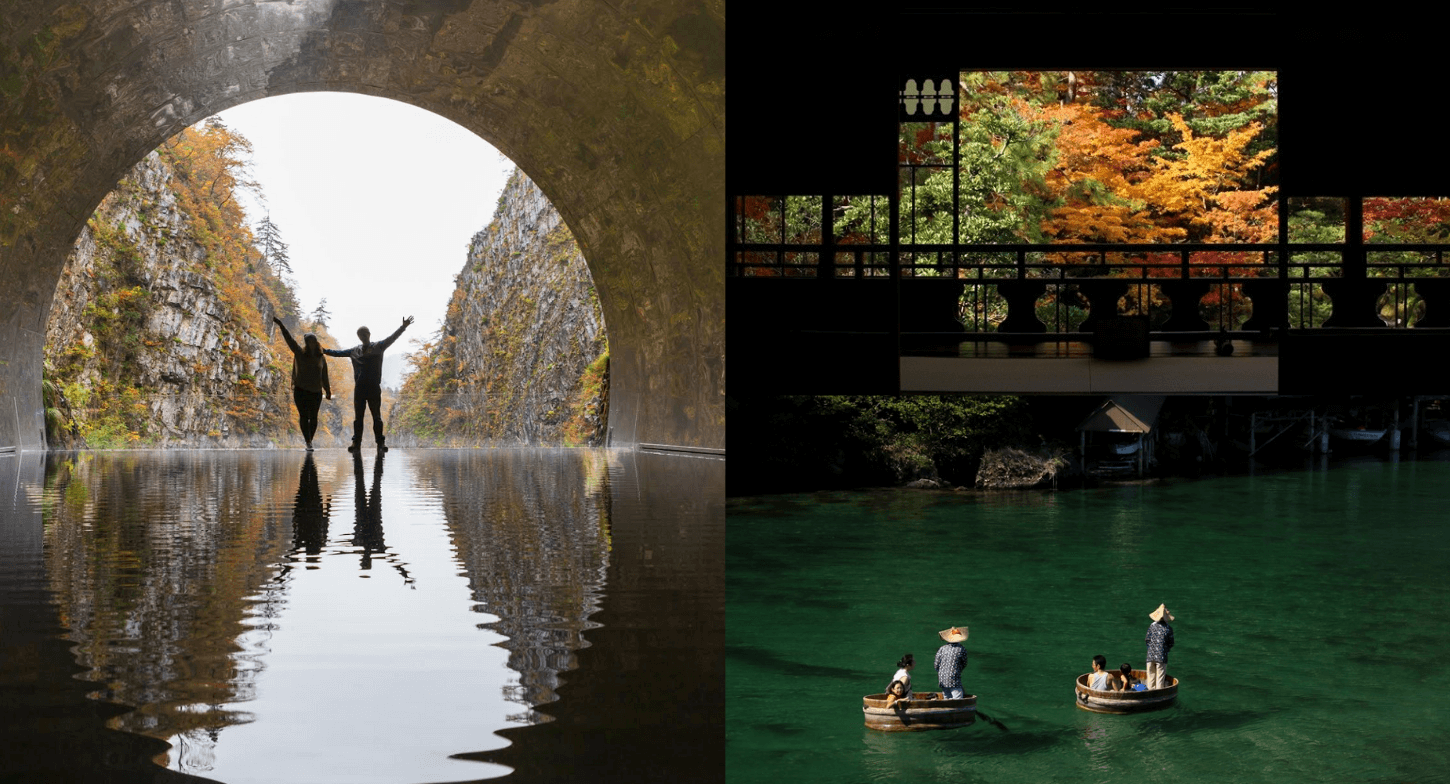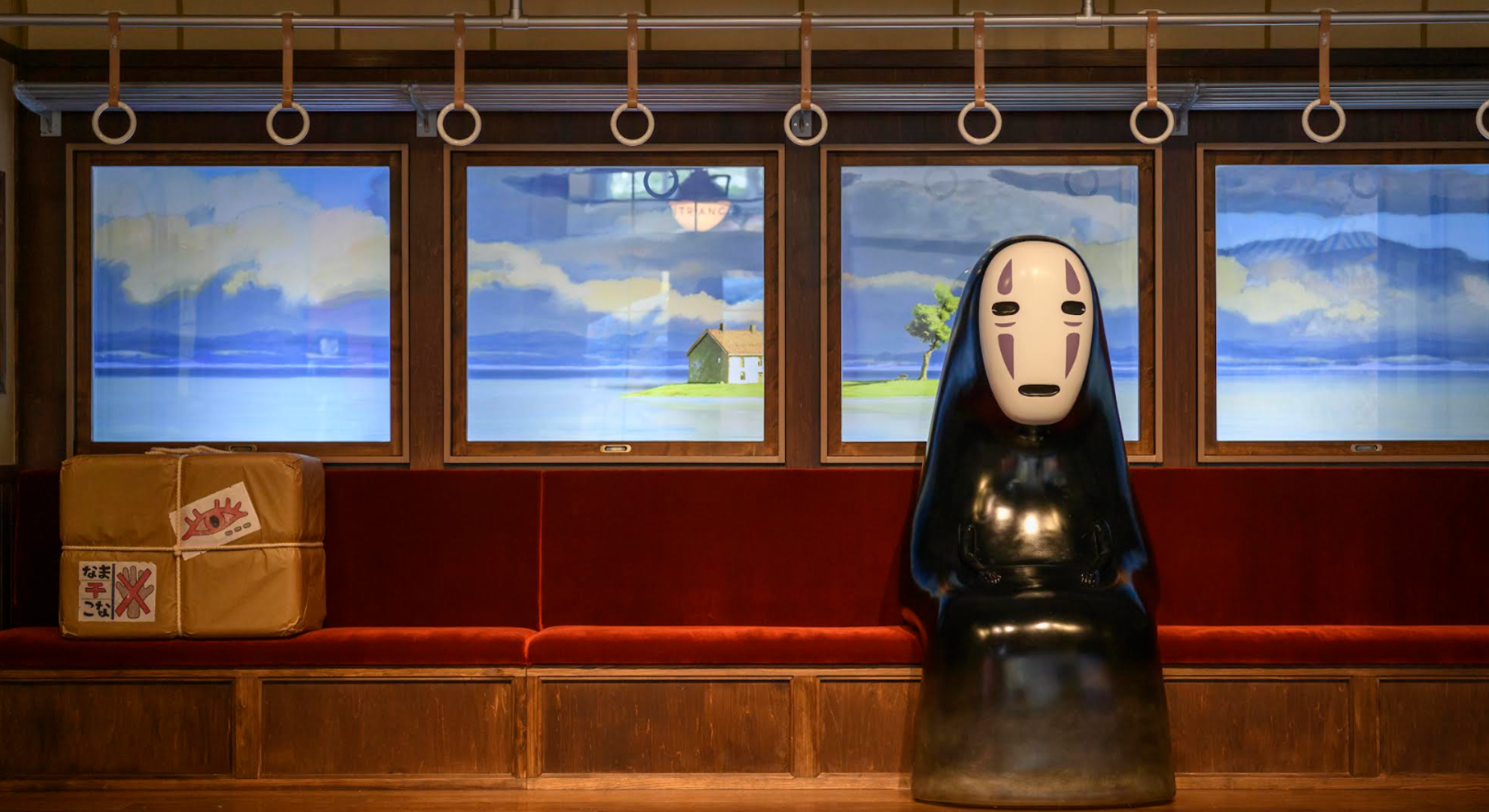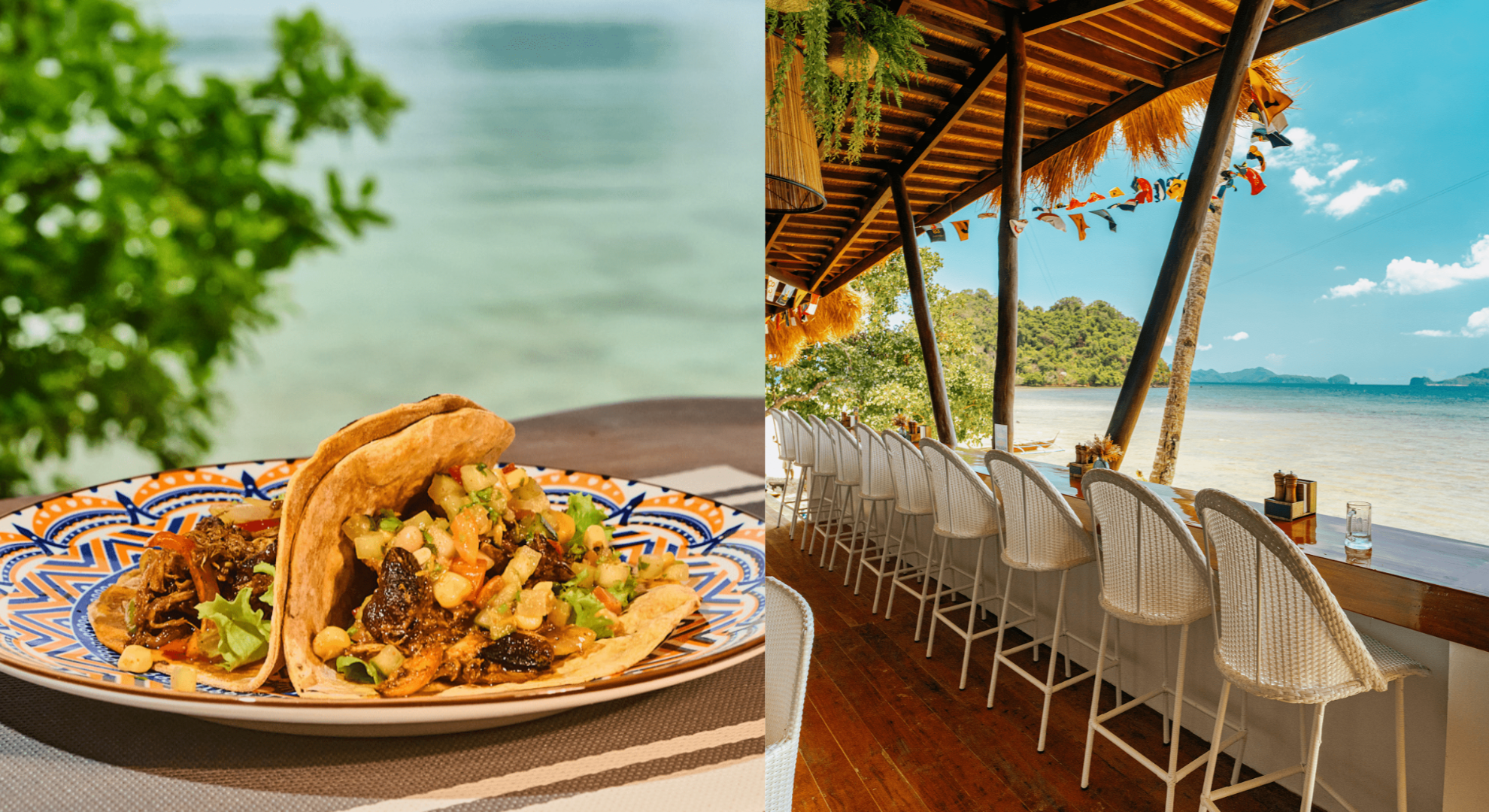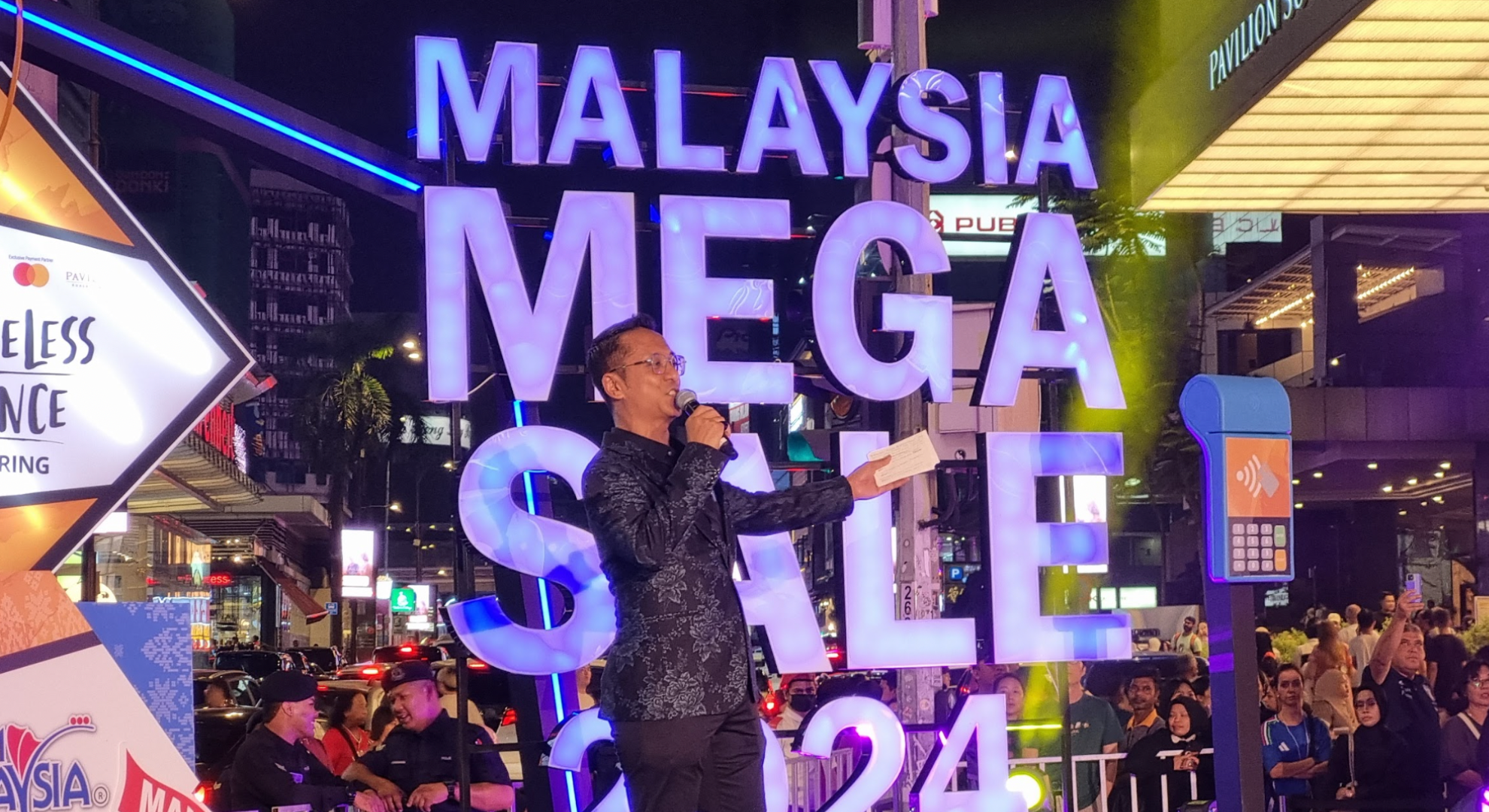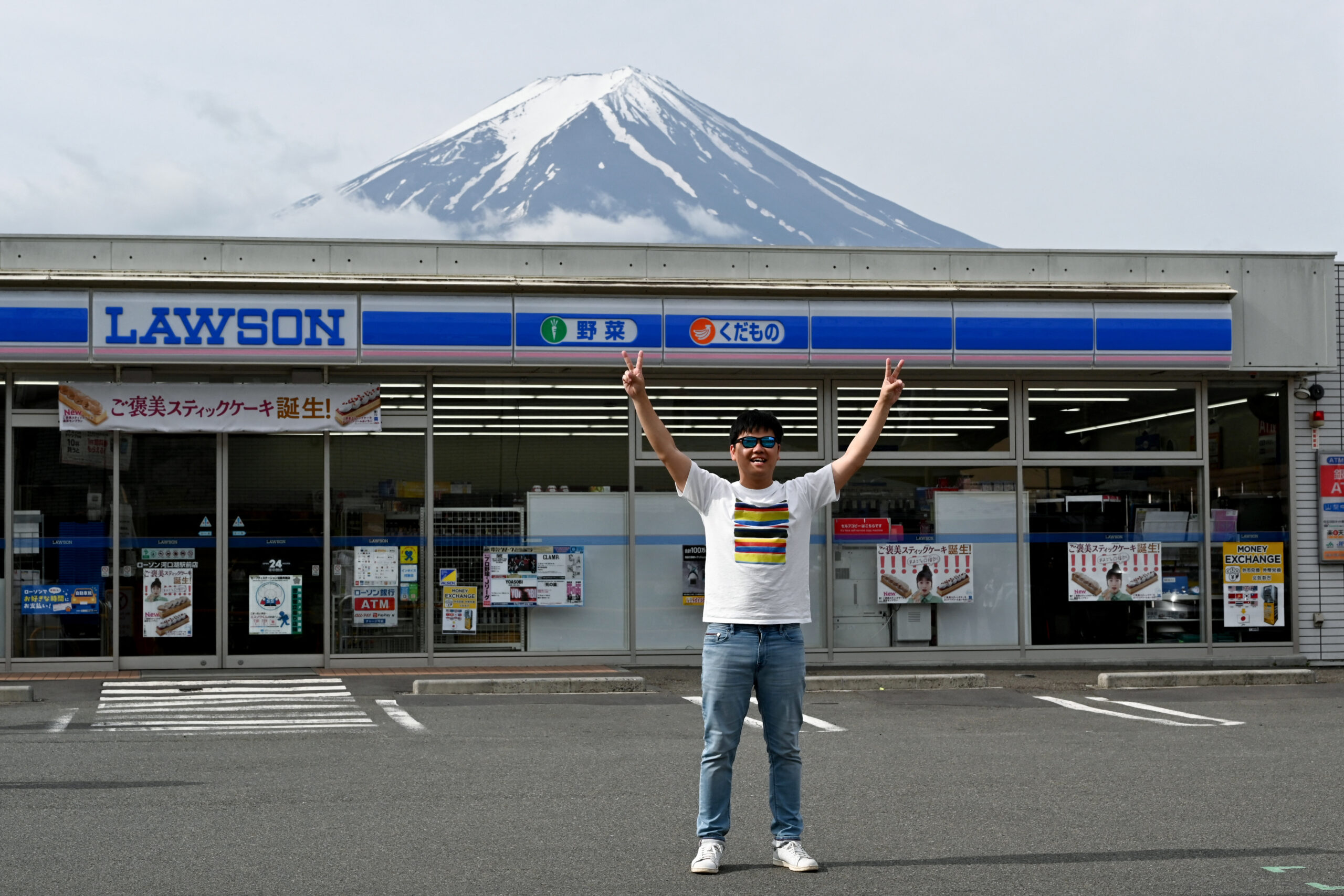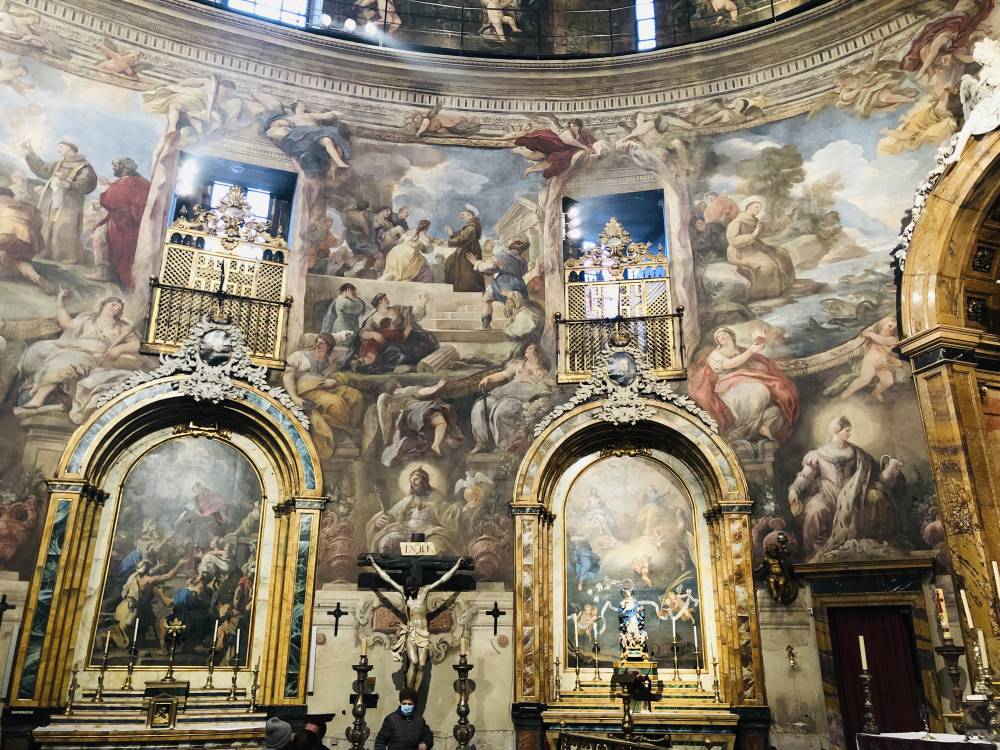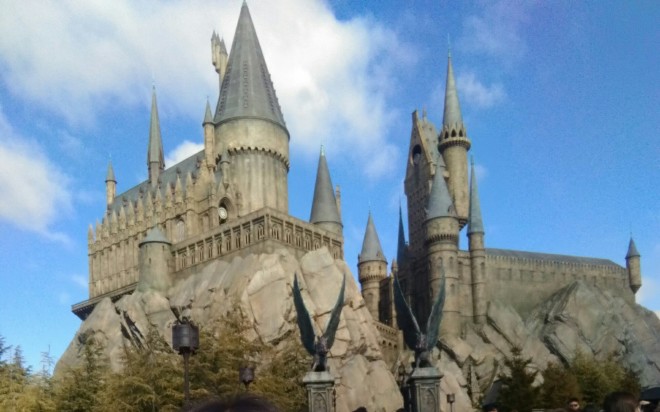
With luggage stuffed with coats, thermals and warm clothing, I braved my first winter in Kansai, a region in the south of Honshu, Japan’s main island.
In this area are the famous cities of Nara, Himeji, Kobe and Osaka, the largest, most diverse showcase of Japanese food, culture and history.
When our group got off at Universal Studios, our first stop in Osaka, the morning breeze gave us chills, although that didn’t stop us from enjoying the weather.
Visiting the Wizarding World is every Potterhead’s dream come true. We marveled at the Hogwarts castle, Hogsmeade village, Black Lake and wizarding shops.
The Forbidden Journey, a 3-D motion-based ride inside the castle, gave us a larger-than-life experience with Quidditch, Dementors and dragons.
It was exhilarating to walk the paved streets, hot Butterbeer in hand, and explore other attractions such as the Flying Dinosaur, the Amazing Adventures of Spider-Man and WaterWorld, to name a few.
At Osaka’s Tempozan Harbor Village, the Kaiyukan Aquarium offered various kinds of marine species—schools of anchovies, Asian small-clowed otters, sea lions, penguins, dolphins, giant spider crabs, jellyfish and whale sharks.
There were also tunnel-shaped tanks, a rain forest, interactive exhibits, and a “touch pool” where visitors could interact closely with sting rays and small sharks.
Nearby was the Tempozan Marketplace where visitors could shop for souvenirs, unwind and dine.
The okonomiyaki, a Japanese pancake stuffed with cabbage and meat cooked on a hot iron plate, is a must-try when visiting Tempozan.
Retail haven
One of the most famous and oldest shopping districts is in Shinsaibashi-suji—a 580-meter retail haven stretching from north to south near the Dotonbori river where we found traditional tea shops, fashion outlets, household tools and pop culture items.
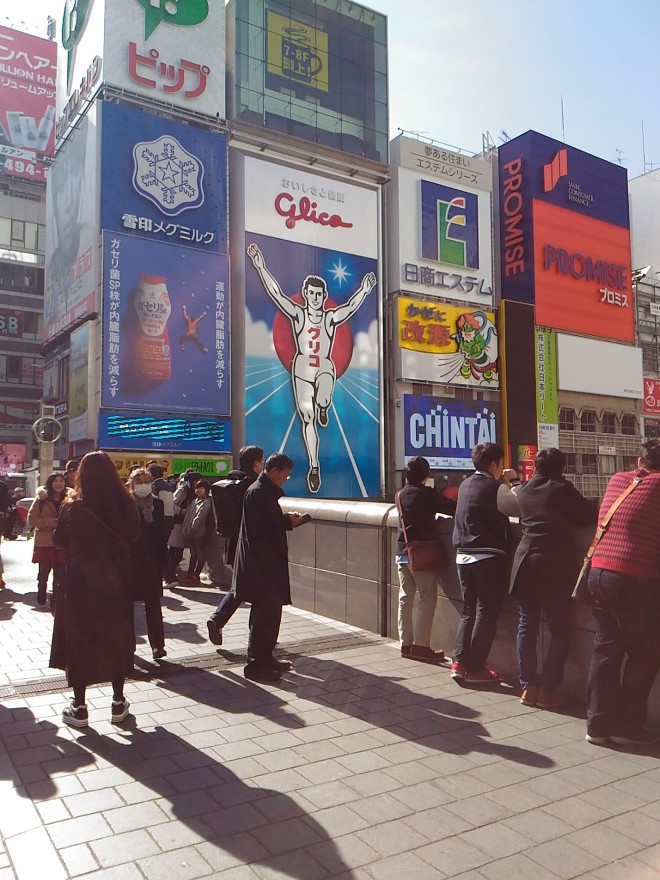
Getting lost was no problem because tourists could ask for directions to the Glico man, a landmark where locals usually meet. A tasty bowl of ramen at nearby Ichiran kept us warm and full after shopping.
Umeda and Rinku Premium Outlets were the best places to buy high-end brands and designer products.
Less an hour’s drive from Osaka is the city of Kobe, a 19th-century trading center that has blossomed into a bustling metropolis between the Rokko mountain range and Osaka Bay.
It was here where the Japanese first encountered jazz, bowling and golf—just some of the influences introduced by the outside world.
At dawn of Jan. 17, 1995, a 7.3-magnitude earthquake struck Kobe and the neighboring areas of Hyogo prefecture, killing more than 6,400 and toppling major infrastructures.
The Japanese government built the Disaster Reduction and Human Renovation Institution, a memorial museum for what came to be known as the Great Hanshin-Awaji Earthquake.
The five-story building housed exhibits, dioramas of the streets, memory corners and theaters for audio-visual simulation and screening of documentaries.
Mt. Rokko was a sanctuary for nature lovers. The tree-shaped Rokko Shidare Observatory provided a 360-degree panoramic view of Kobe and Osaka Bay, offering a stunning landscape best witnessed during sunrise and sunset.
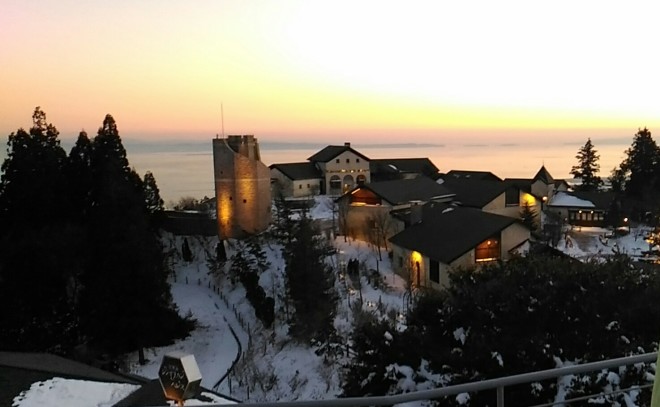
With its walls, floors and frame made from Yoshino cypress, the observatory took the form of a giant breathing tree using the mechanism of natural circulation.
The Ice Shelves on the stone-paved road stocked up on rainwater and stored the load in the underground Ice Room freezing it in winter. The Wind Room then circulated the air from the Ice Room and released the air to the mountain top.
Kansai, home to historic sites in Japan, had castles, temples and shrines built through the centuries—all well-preserved, attracting locals and tourists from all over the world.
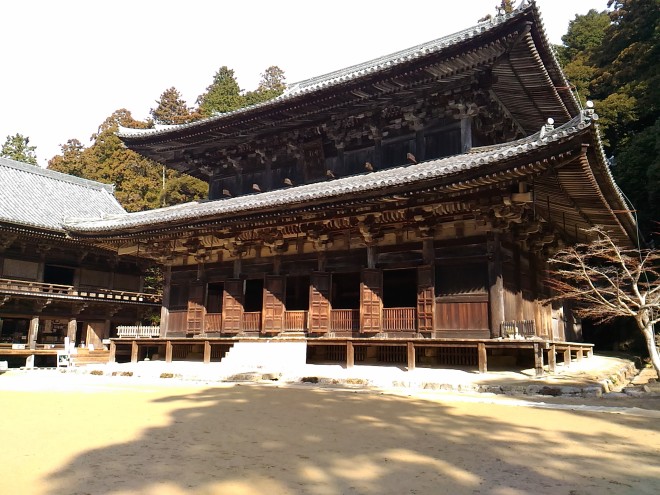
Himeji Castle was the first Japanese structure to be registered as a World Heritage site in 1993. Engyoji Temple on Mt. Shosha in western Himeji, meanwhile, was brought onto the spotlight as the location of the Tom Cruise-starring film “The Last Samurai.”
This familiarization tour was arranged by the Japan National Tourism Organization.











